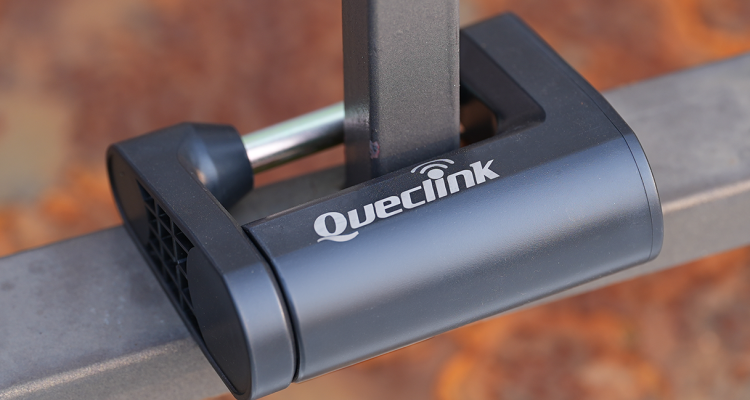Queclink Wireless Solutions, a global provider of IoT devices and hardware, is boosting container security with the launch of an innovative smart bolt-seal solution, The ISO 17712-compliant device incorporates advanced connectivity and positioning technology for enhanced tamper detection, reporting and tracking, ensuring the integrity of containers transporting high-value cargo.
“Our GES100CG bolt-seal has been developed specifically for container security to address a critical pain point within the ocean and intermodal freight sectors,” explains Vernon Bonser, UK Sales Director at Queclink Wireless Solutions. “Unlike conventional bolt-seals that can be cloned, swapped or re-installed, our high-security, connected solution sends a real-time alert the moment tampering or breakage is detected, and it cannot be reassembled once broken.”
The smart bolt-seal ensures that any tampering is immediately known, removing uncertainty and supporting risk deterrence strategies. It uses LTE Cat-1 bis (4G) with GSM (2G) fallback connectivity for global coverage, along with GNSS and network-based LBS for accurate positioning. The internal tamper sensor triggers an immediate warning, with buffering capability that ensures alerts are stored if out of coverage at sea and then sent as soon as the device is reconnected.
Meanwhile, the bolt-seal delivers approximately 90 days of continuous operation, based on two reports a day, and a low battery alarm immediately warns of any power related issues. It has also been constructed to comply with ISO 17712 standards for high-security, mechanical seals, as well as possessing tamper-resistant, IP67-rated casing for added robustness and protection.
“Theft, damage, contamination and insertion of contraband resulting unauthorised container access remains a significant challenge during long transits via sea, rail and road. The GES100CG is designed to provide an extra layer of security, enabling shipping companies, freight forwarders, port operators and other supply chain businesses to move from passive, vulnerable sealing to active, connected integrity assurance. This will help reduce risk and ensure high-value cargo reaches its destination safely,” adds Bonser.






